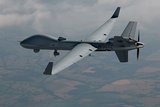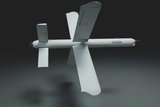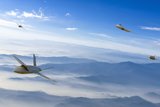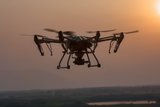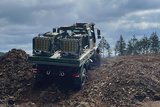Changing the game of the modern battlefield (Sponsored)
This article is brought to you by Aeronautics
With technology advancing faster than ever, modern warfare can be achieved with fewer people, at a greater distance, through even more complex missions. Unmanned aerial systems play a large part in making all of this possible. Yet, until recently, the UAS capable of carrying and operating the required payloads were large, heavy, and conspicuously noisy and runway dependent– certainly not suited to sensitive, covert missions.
The advent of miniaturized electronics and optronics, together with the use of high-density batteries has paved the way for smaller UAS solutions that are suited to tactical operations, and Aeronautics is leading the charge.
Combat-proven legacy
It was with the Orbiter family of Small Tactical UAS that Aeronautics proved itself to be a leader in its field. Aeronautics Group, supported by an entire ecosystem of sensors and systems, offers users the advantage of being able to adapt a single platform to the relevant mission.
It also has several autonomous and AI capabilities – including fully-autonomous flight mode, with pre-programmed or operator-initiated mission guidance - taking the load off the operator so they can maintain their concentration and alertness throughout a mission.
An advanced multi-mission tactical platform
Continuing the evolution of the Orbiter line, Orbiter 4 builds on the successful, combat-proven system design of the Orbiter 3 STUAS, with advanced avionics, communications and ground control features and applications.
Slightly larger than the Orbiter 3, and almost twice as heavy, the Orbiter 4 is still a lightweight option, with a maximum takeoff weight (MTOW) of 55kg. Thanks to Aeronautics’ advanced technology, the tactical and reliable platform has intelligence capabilities usually reserved for large UAVs.
The platform is also extraordinarily versatile, capable of simultaneously carrying multiple payloads, offering excellent multi-mission performance for ISTAR missions in defense, maritime, and HLS applications. It can be used in applications as wide ranging as Exclusive Economic Zone (EEZ) security, ship self-defense, target acquisition for precision-guided weapons, communications intelligence (COMINT), electronic intelligence (ELINT), electronic warfare (EW), communications relay, border patrol and reconnaissance, ISR envelope for strategic facilities security, artillery fire management and BDA, search and rescue, and emergency response.
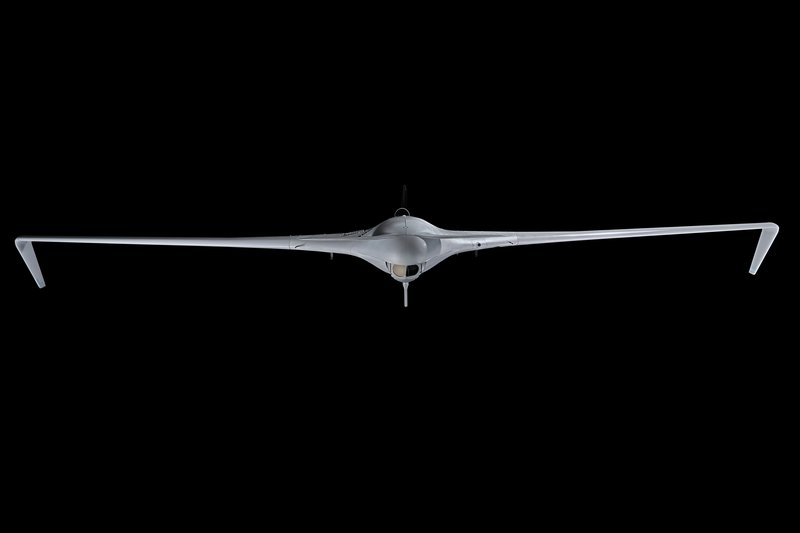
Unprecedented high performance
Offering the longest flight time available today, the Orbiter 4’s compact internal combustion energy enables endurance with a basic payload (EO / IR and AIS) of more than 24 hours, with an operational radius of 150km, in all weather conditions and below cloud base.
With a low logistical footprint, the Orbiter 4 is highly transportable, and can be quickly assembled and turned around.— Aeronautics
Despite being affordable and economical, the platform has an advanced navigation system that enables it to be fully operational even in GPS-denied areas. Advanced image processing capabilities enable the fully-redundant avionic system to provide an accurate intelligence picture, even in harsh weather conditions, while its communications relay and SATCOM provide LOS datalink up to 150 km or optional BLOS operation.
With a low logistical footprint, the Orbiter 4 is highly transportable, and can be quickly assembled and turned around. It has minimal operating and maintenance requirements, both in terms of the number of operators - it requires a team of just 2 or 3 - and the qualifications, prior training and experience needed.
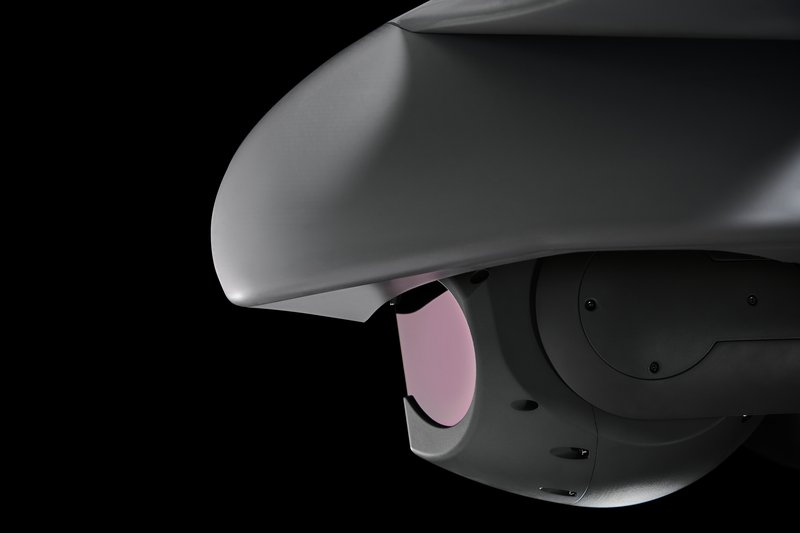
Ruling the waves
Specifically adapted for use in challenging marine environments, the Orbiter 4 offers several advantages in this domain. The platform is operable from ships and shore, day and night, even in low visibility conditions. With a VTOL configuration kit, it can take off from a deck at sea, using existing aircraft landing gear. Its innovative landing solution uses a variety of sensors at the same time, including a maritime radar.
Able to carry payloads weighing up to 12kg, the Orbiter 4 is generally used with the miniature camera system of the advanced electro-optic payload, which offers image quality usually found only on large payloads. Other payloads that are particularly relevant to naval surveillance and search and rescue operations include a Synthetic Aperture Radar (SAR), maritime patrol radar (MPR), and a cellular interception sensor. The latter is particularly useful in disrupting the communication activity of targets in ISR missions over different theaters.
Finally, open architecture and minimal infrastructure enable adjustments to the Orbiter 4 to meet the operational needs of any naval vessel, even small boats.
In conclusion
Measure for measure, the Orbiter 4 delivers higher capabilities than other tactical platforms in operation today, with greater serviceability, operational flexibility and cost-effectiveness. All of this combines in a solution that delivers top performance, enhancing mission success, and protecting tactical forces in the field.
More from Industry Spotlights
-
![The future is here: Sixth-gen air dominance]()
The future is here: Sixth-gen air dominance
How RTX is equipping the military airspace – for today’s fleet and tomorrow’s fight.
-
![De-Risking the Future: Manufacturing Certainty for Unmanned Systems]()
De-Risking the Future: Manufacturing Certainty for Unmanned Systems
How strategic manufacturing partnership solves the industrialisation triad — Scale, Compliance and Cost — for hyper-growth defence tech innovators.
-
![Battlefield mobility, made in the UK]()
Battlefield mobility, made in the UK
How does Britain ensure that we can preserve the lives of our soldiers and allies – now and in the future – with homegrown innovation and resilient domestic manufacturing? At Pearson Engineering, we are proud to be a central part of the answer to this increasingly important question.
-
![Strengthening Baltic defence capabilities]()
Strengthening Baltic defence capabilities
How Latvia is bolstering its territorial defences, industrial capacity and international cooperation with Dynamit Nobel Defence’s SKORPION2 Remote Mining System.
-
![Barco’s vision to trust: from past to future]()
Barco’s vision to trust: from past to future
Barco’s story is one of constant evolution enabling more immersive, reliable, and future-ready training experiences.
-
![How are next-generation ejection seats helping pilots when they need it most?]()
How are next-generation ejection seats helping pilots when they need it most?
The ACES 5 ejection seat from RTX’s Collins Aerospace introduces new, innovative and patented technologies to help save lives.








